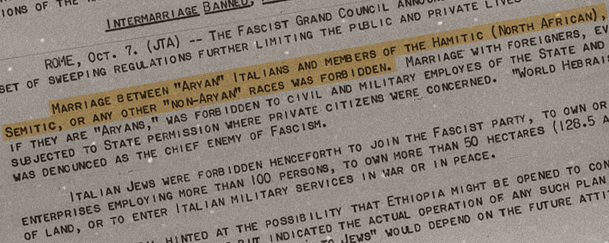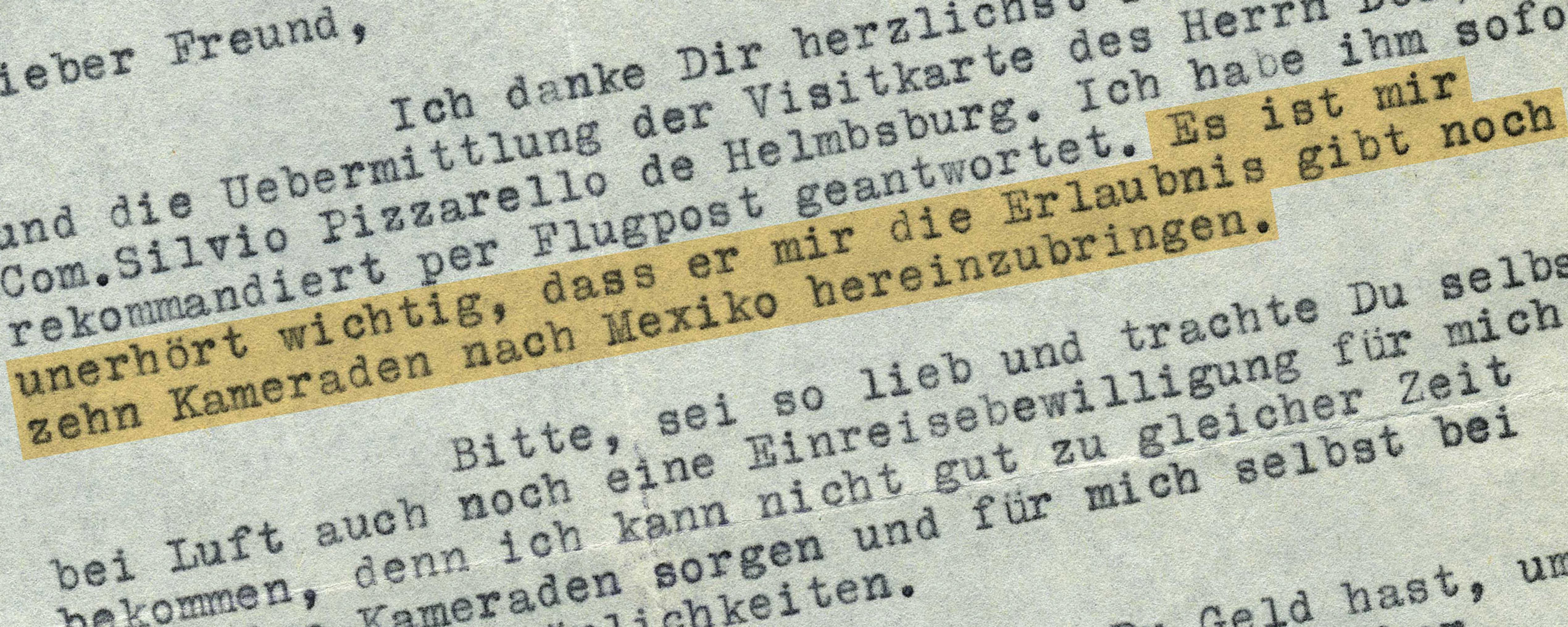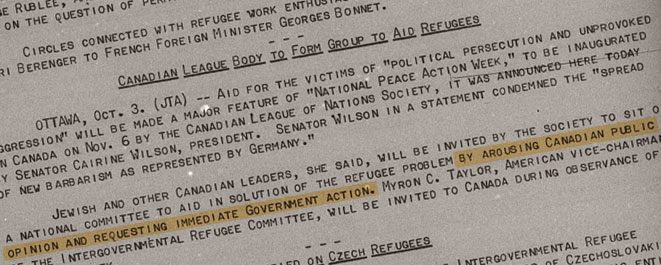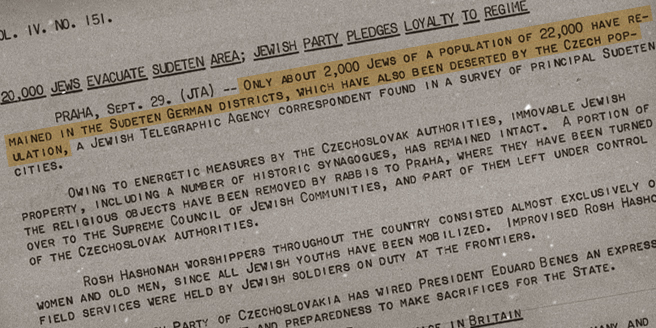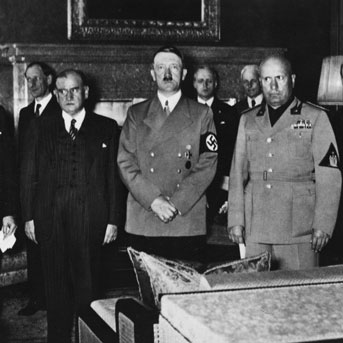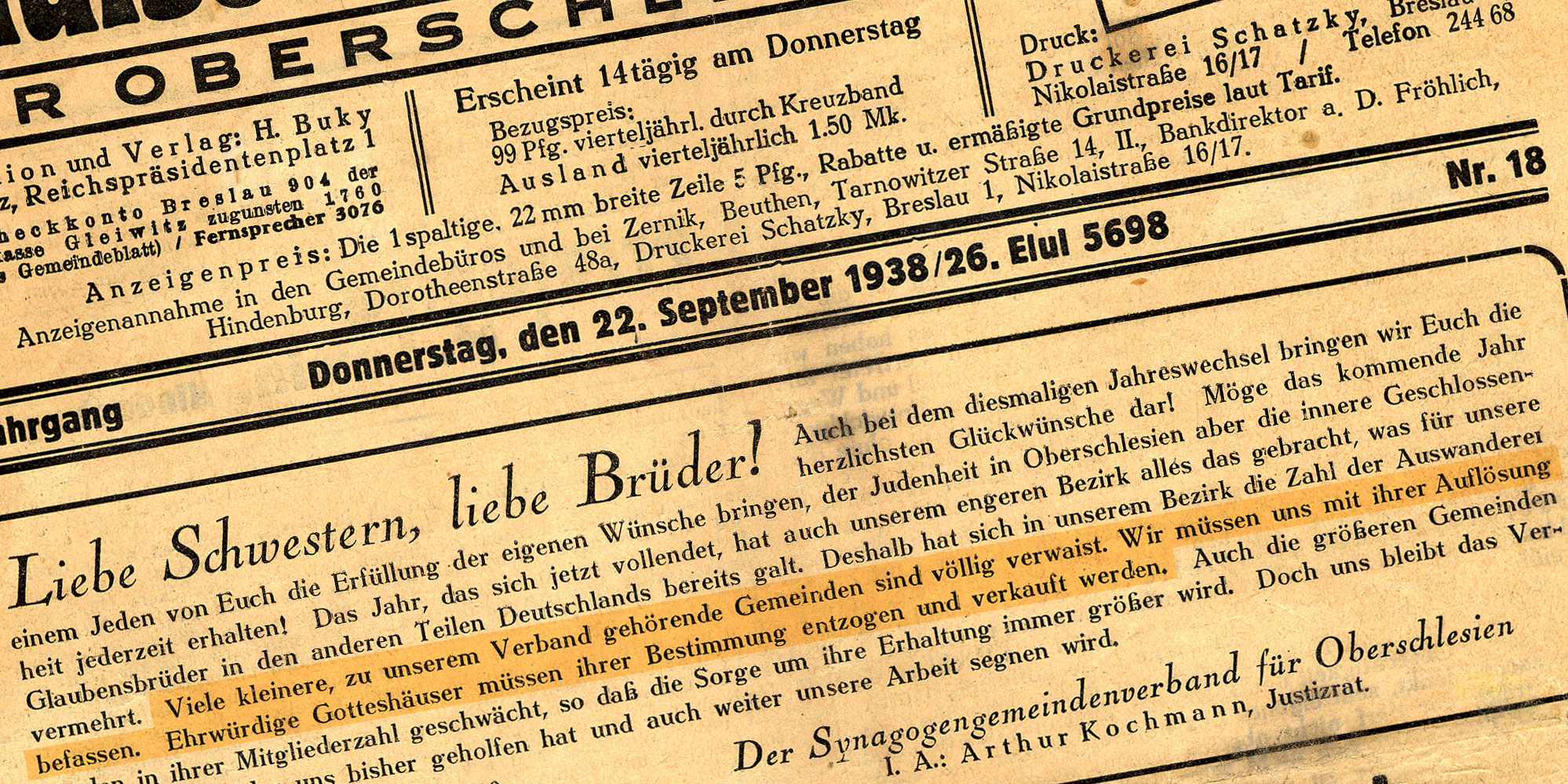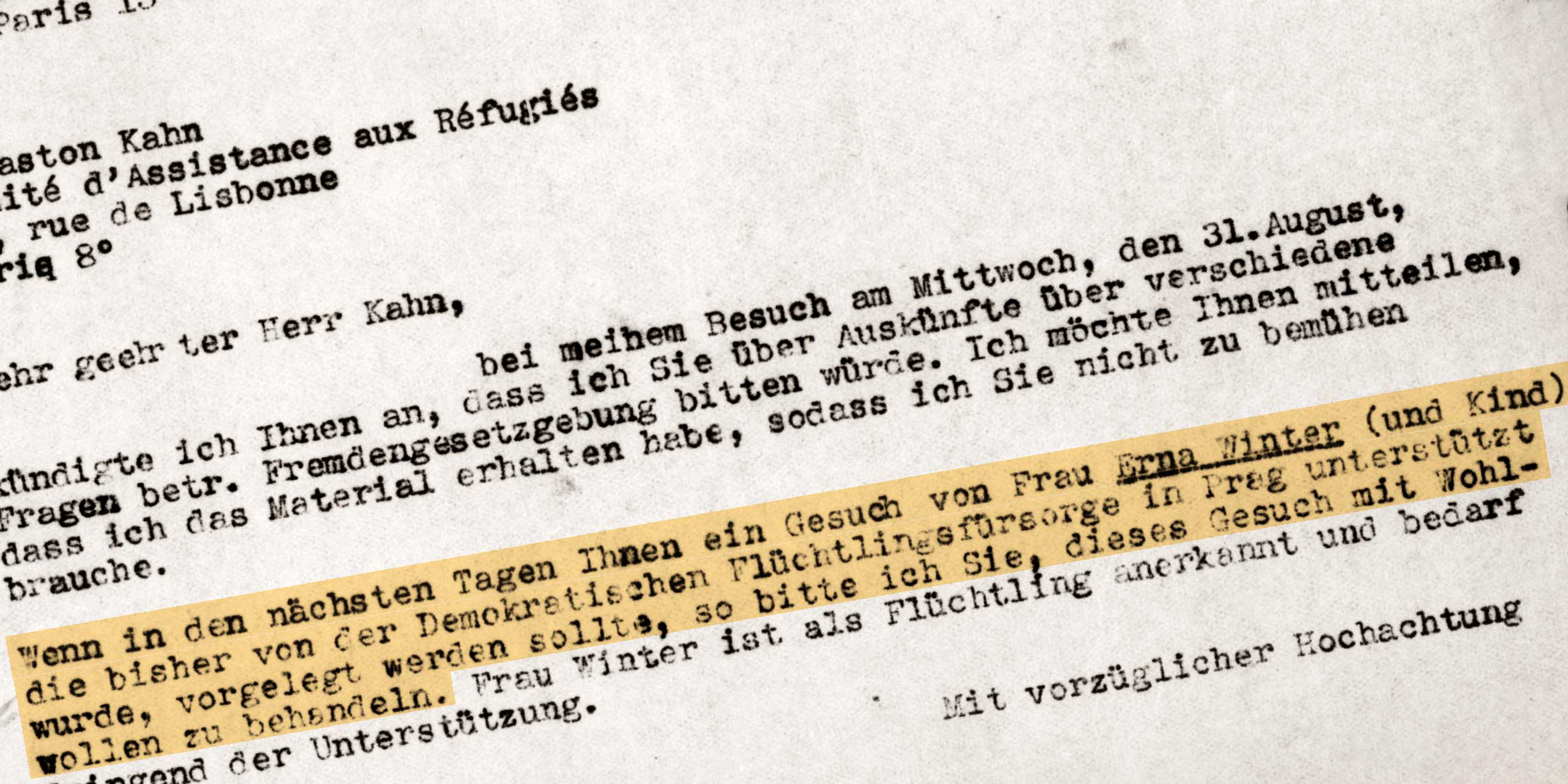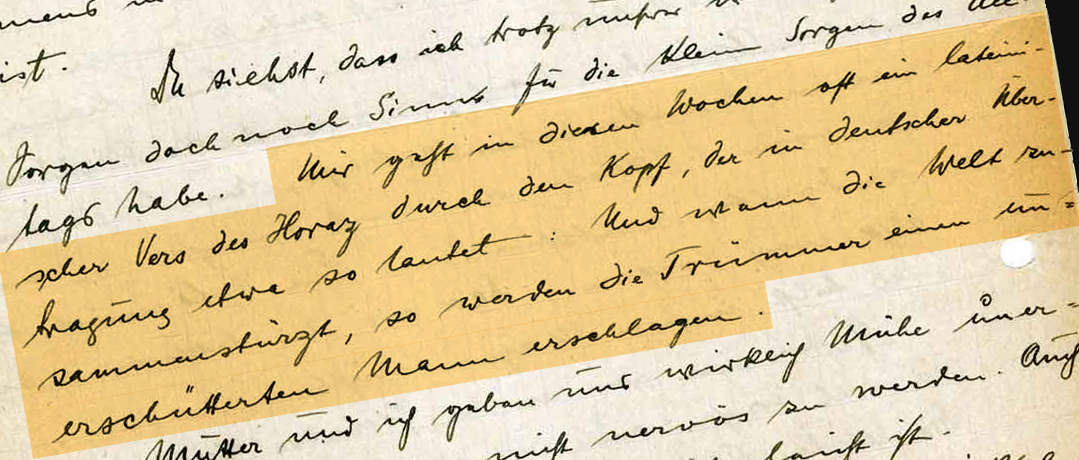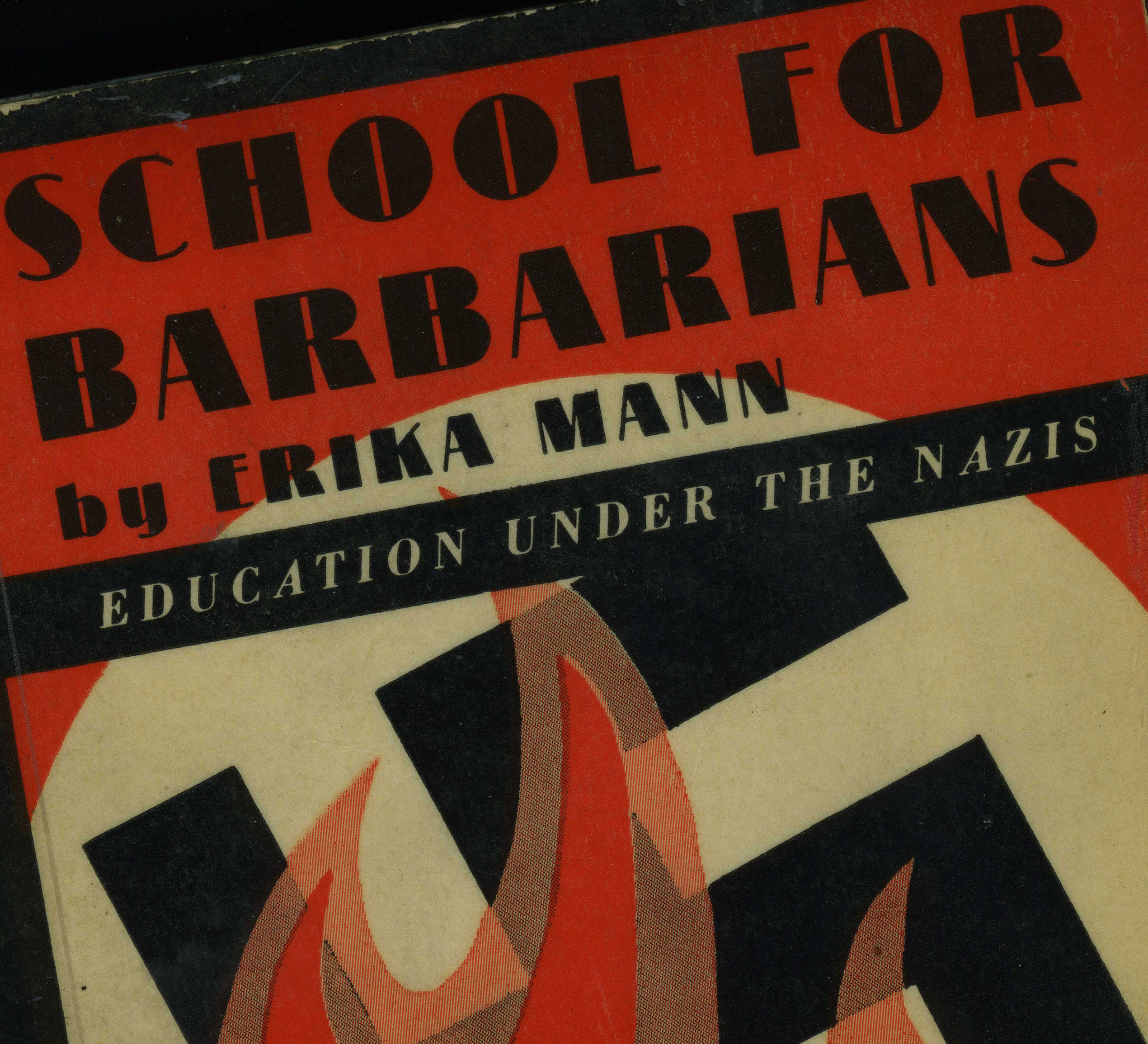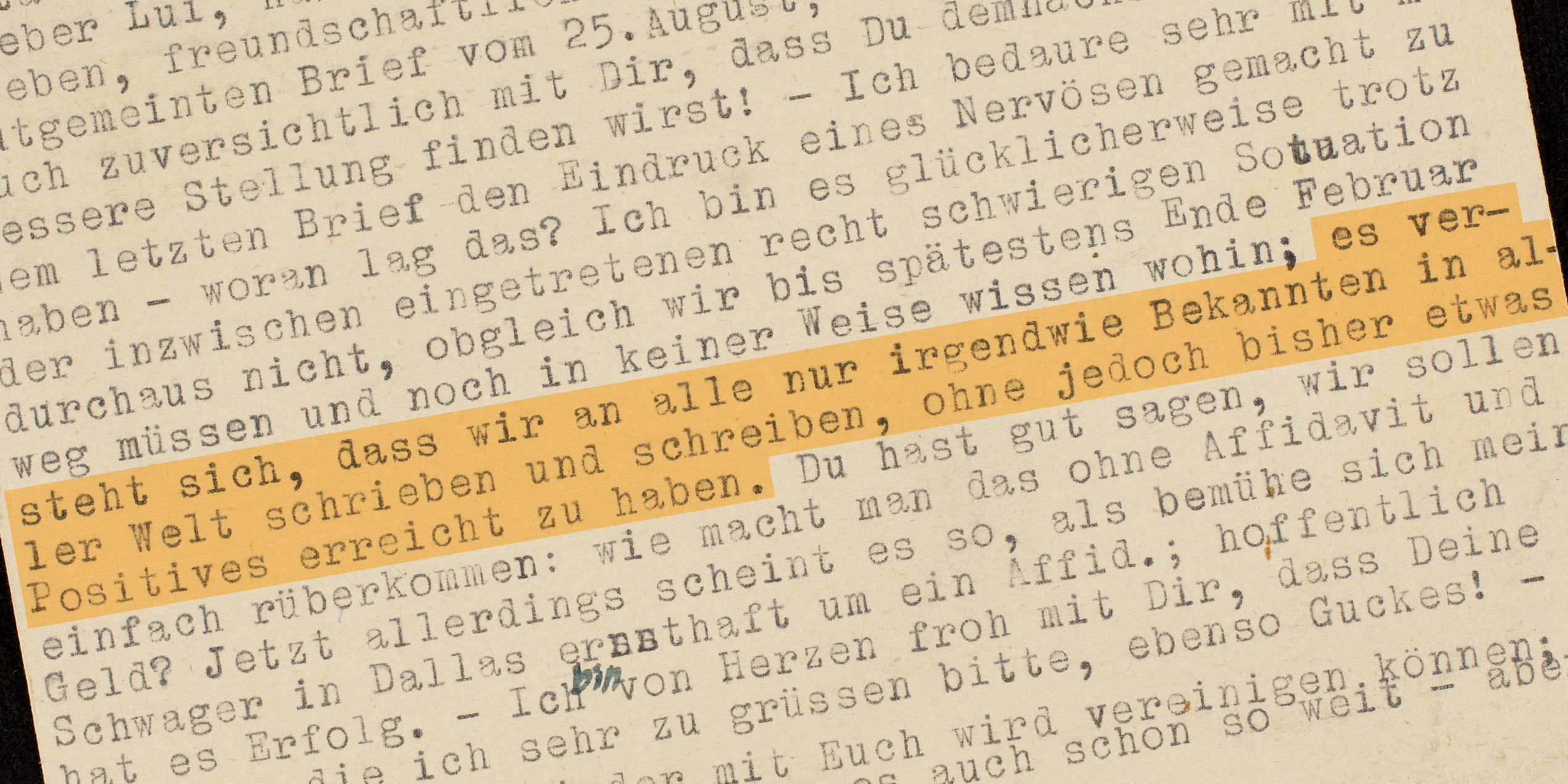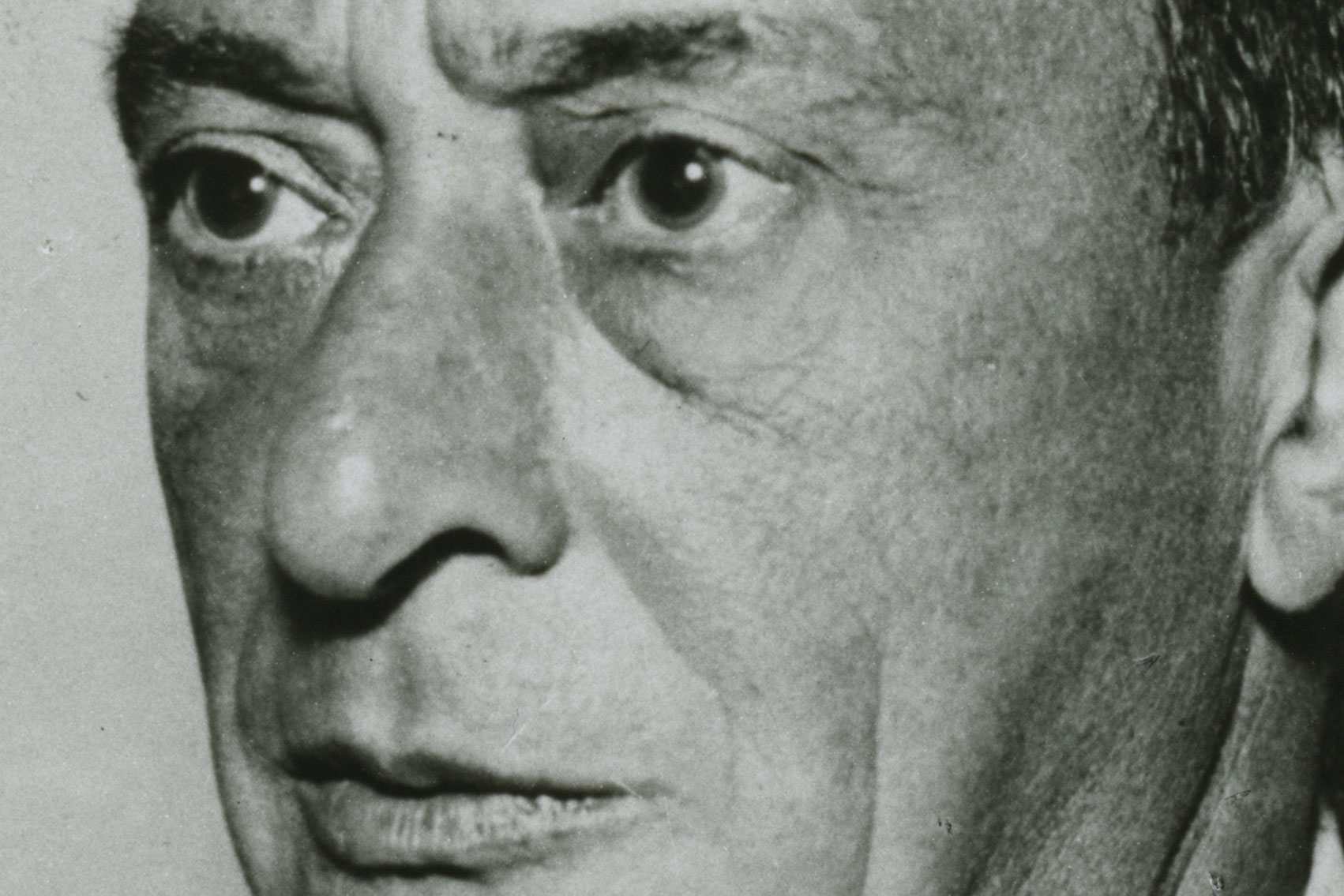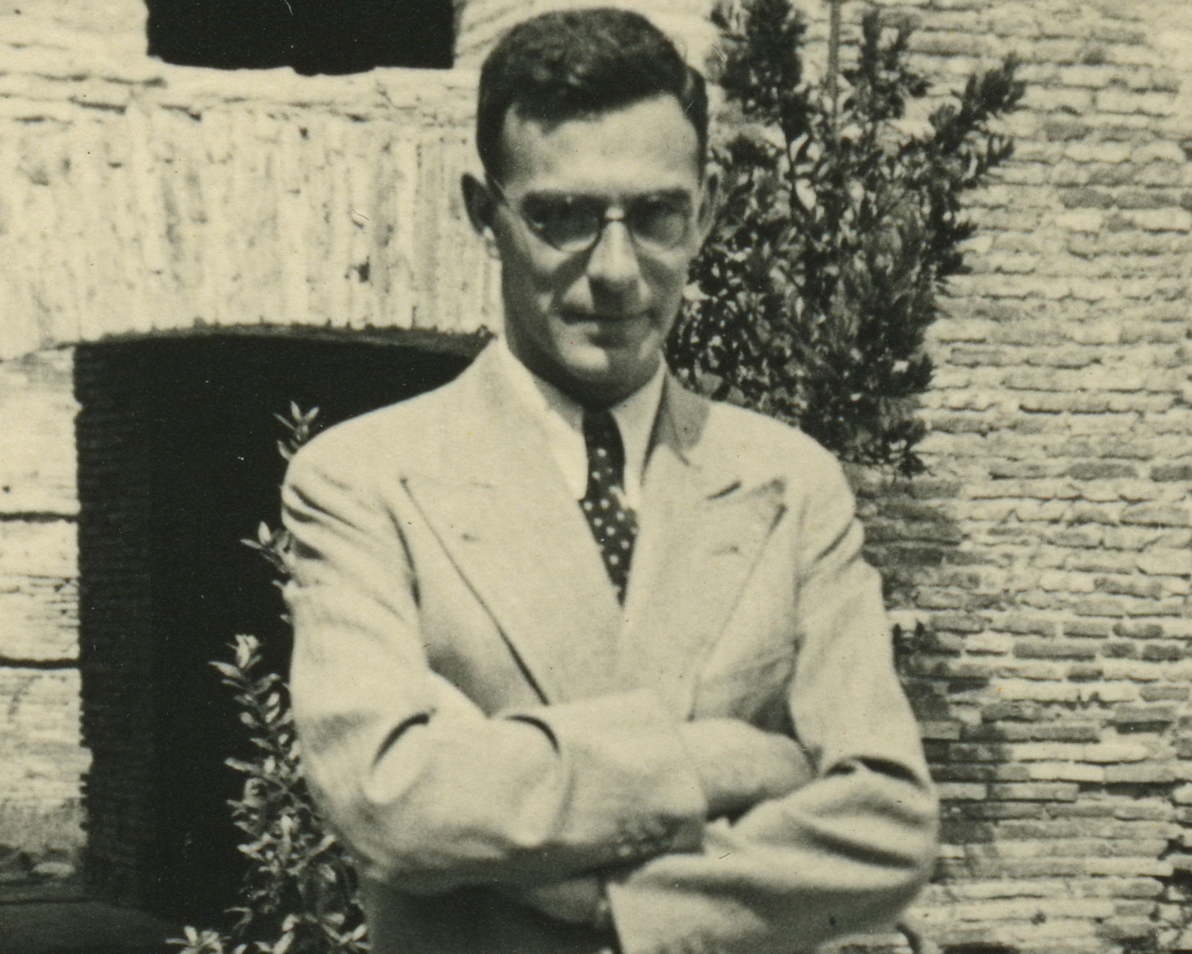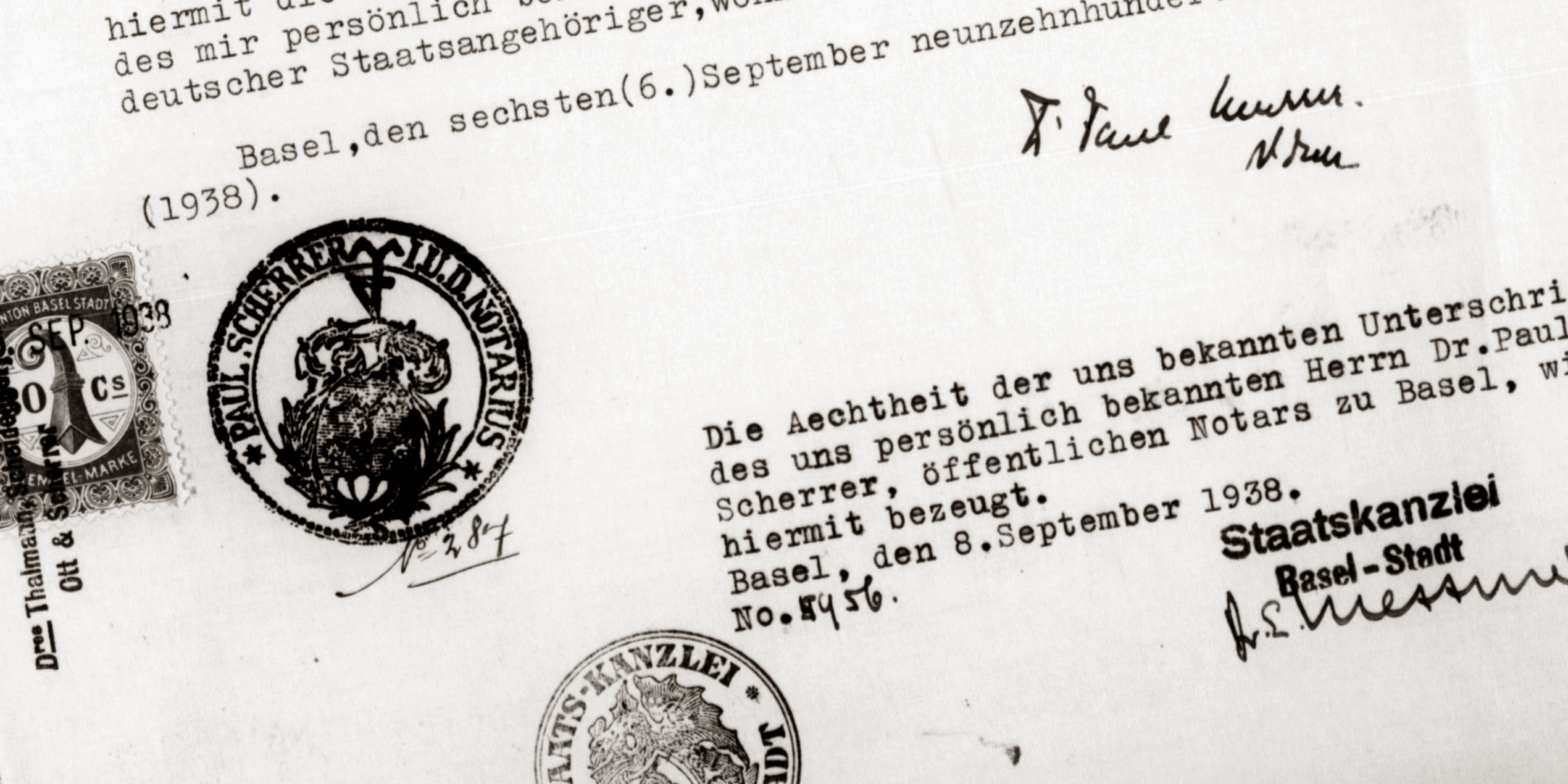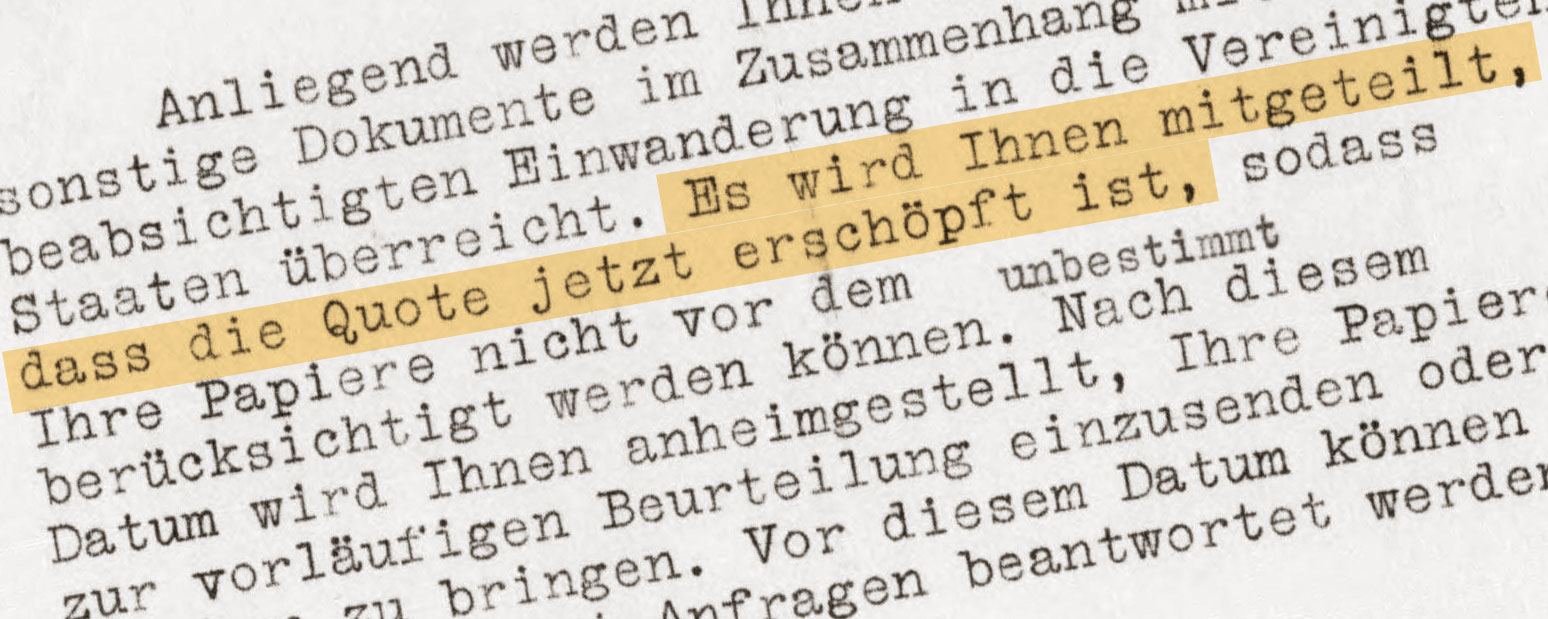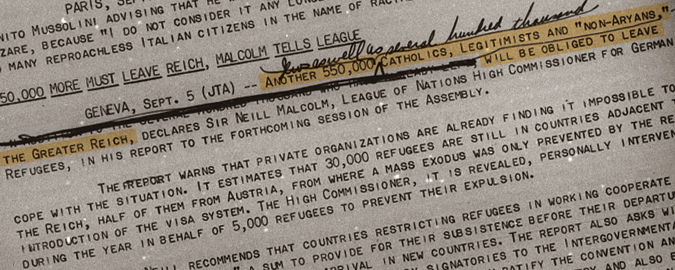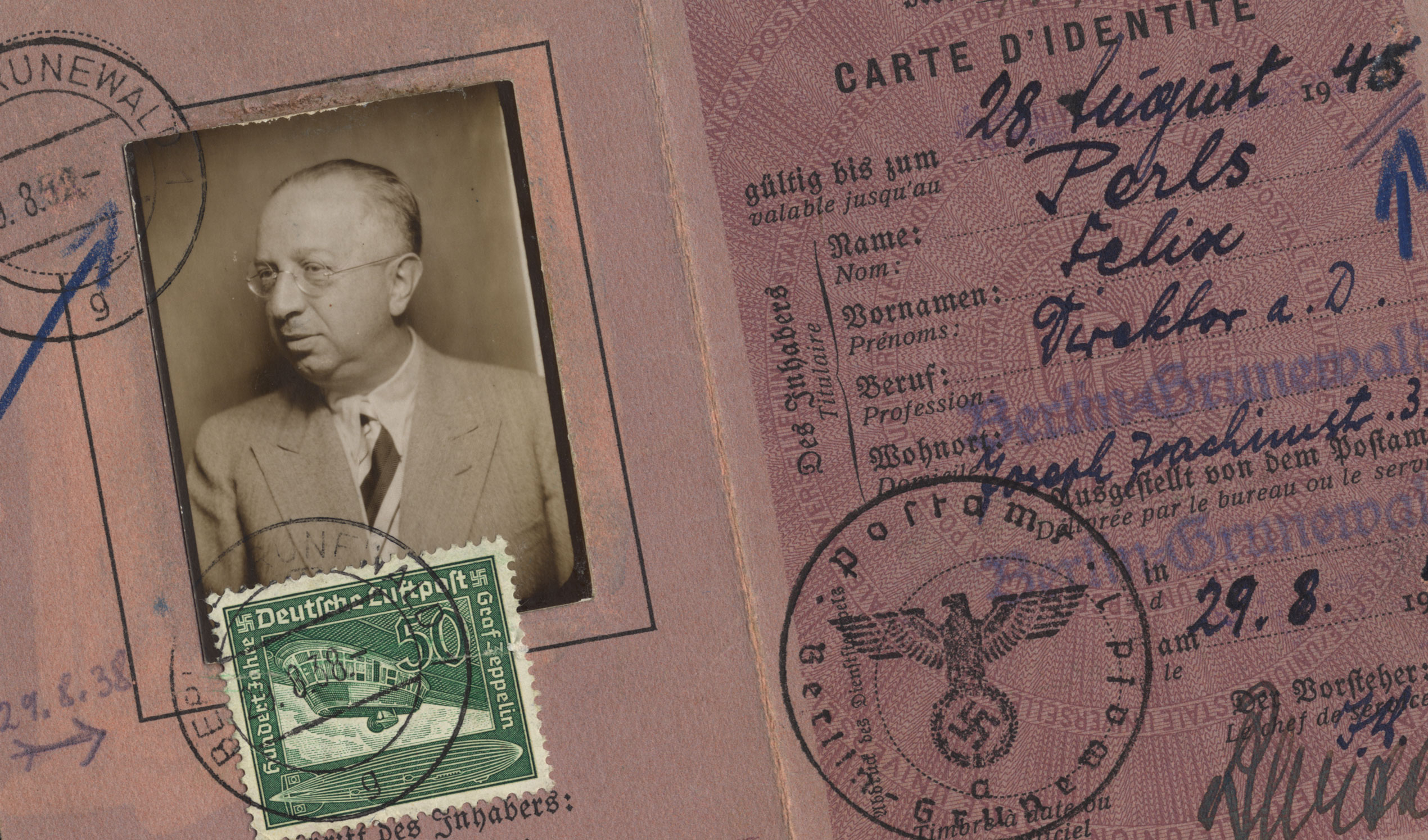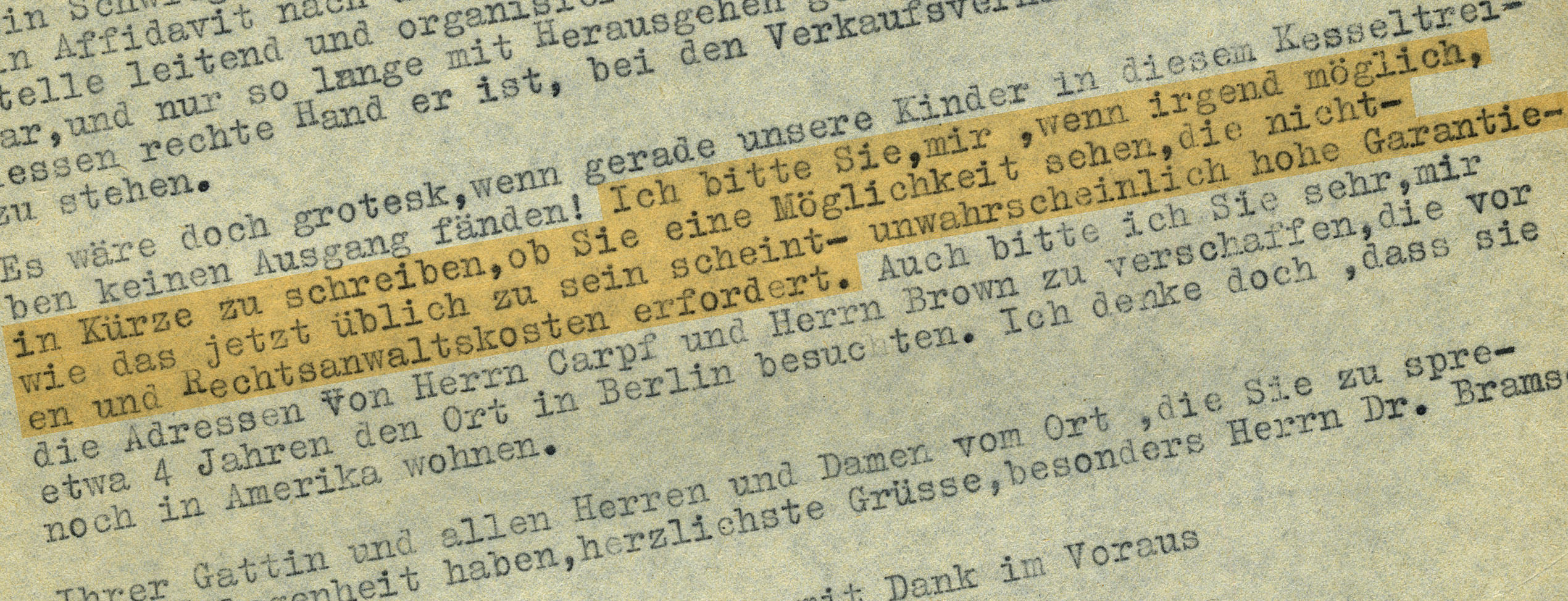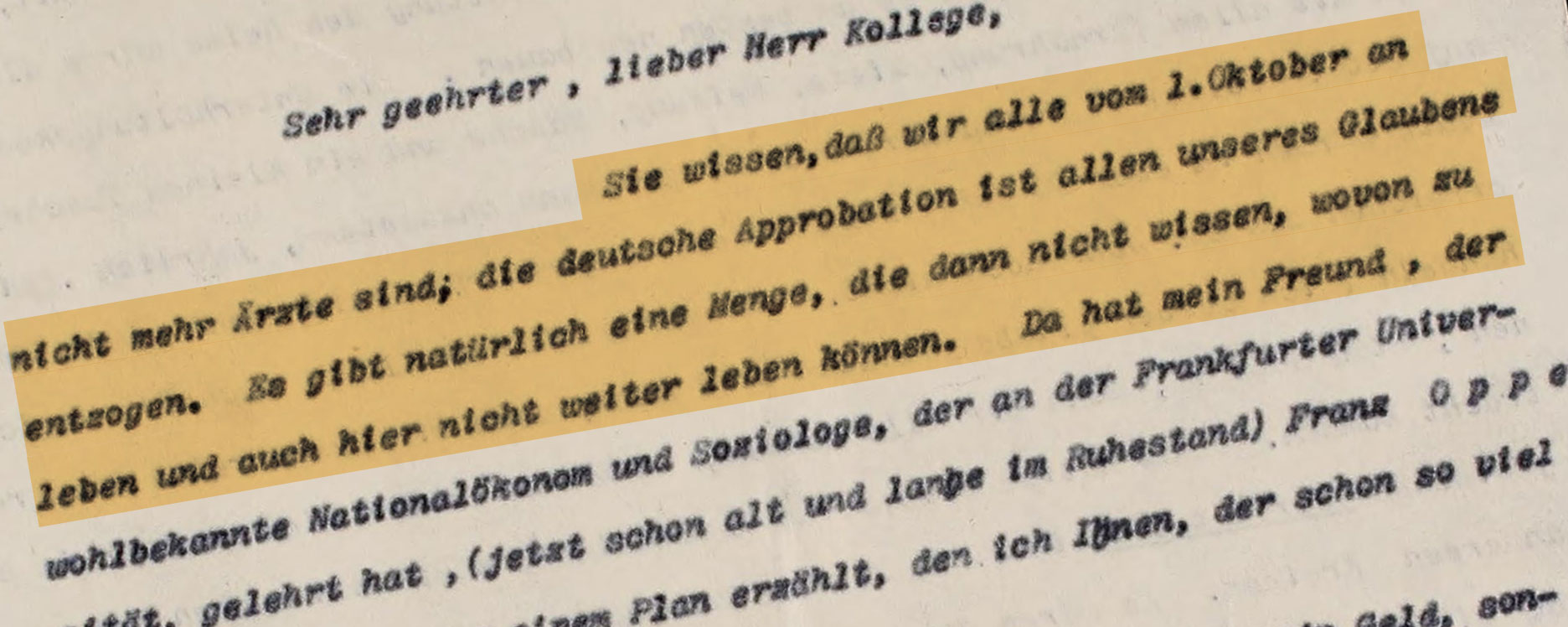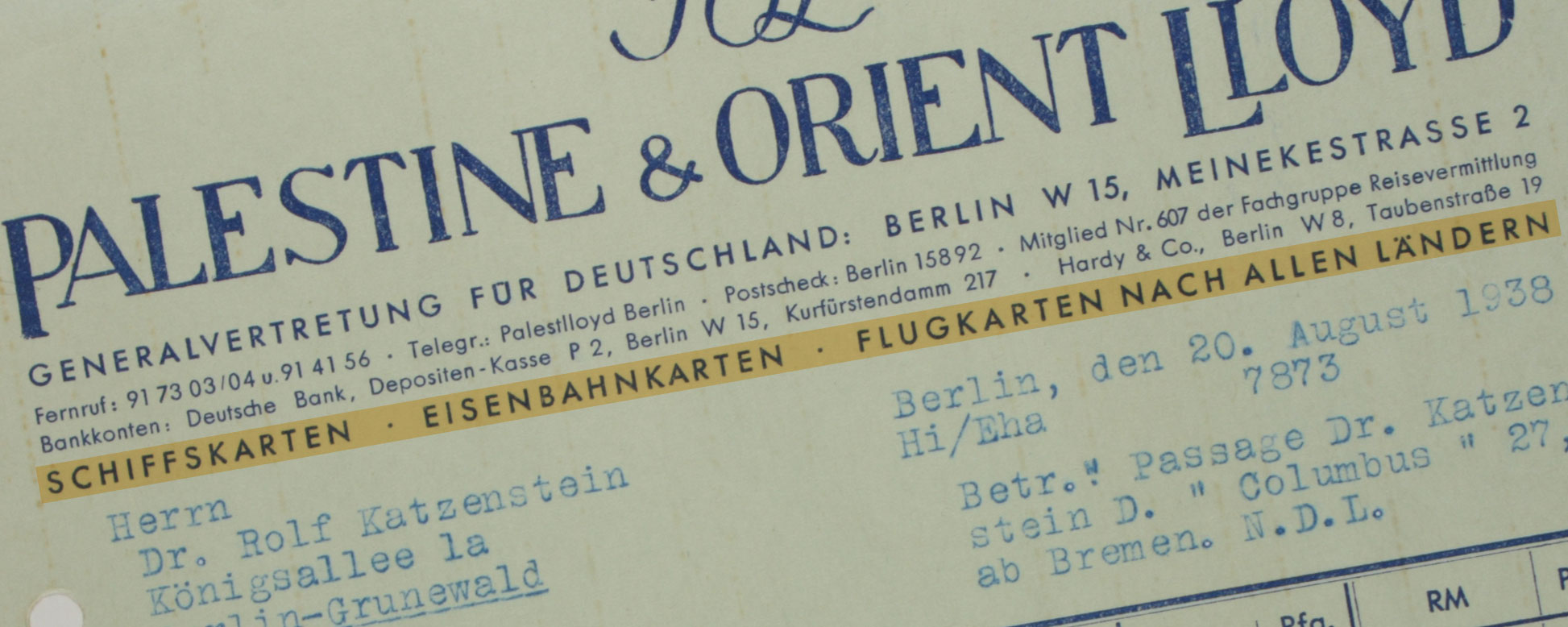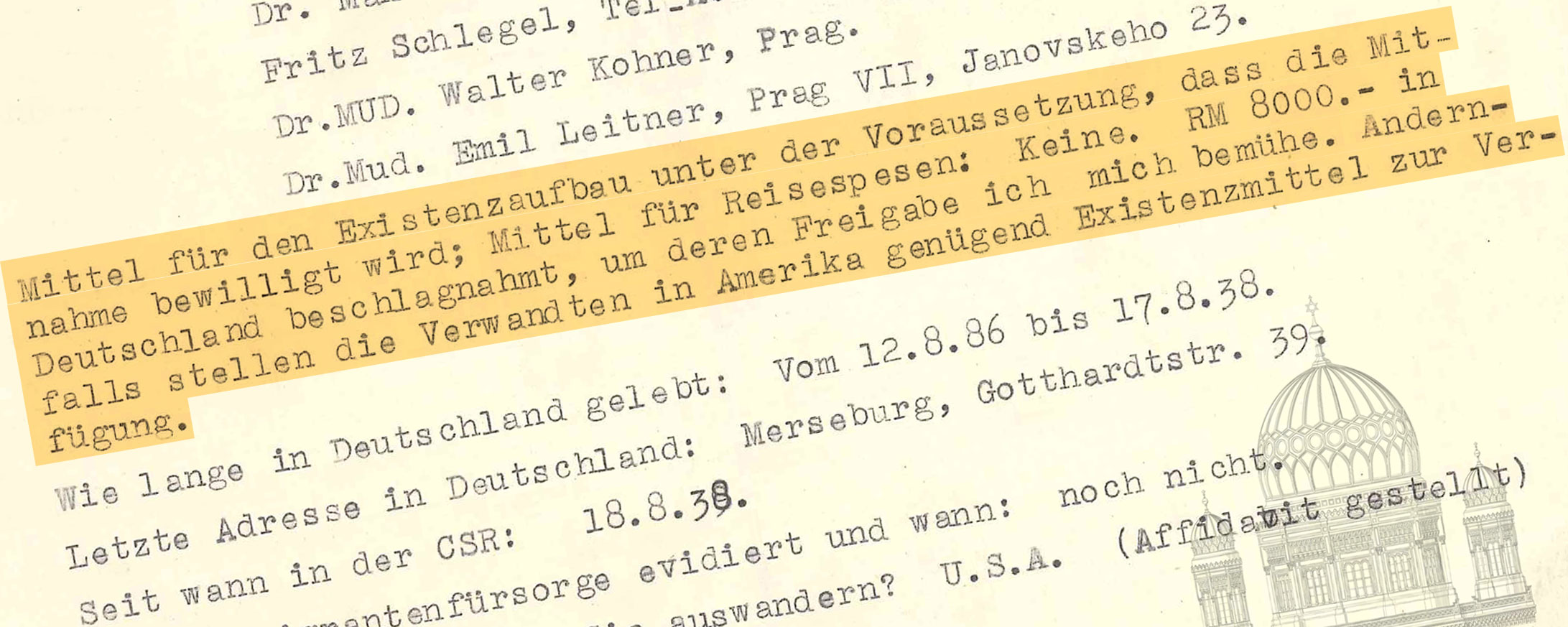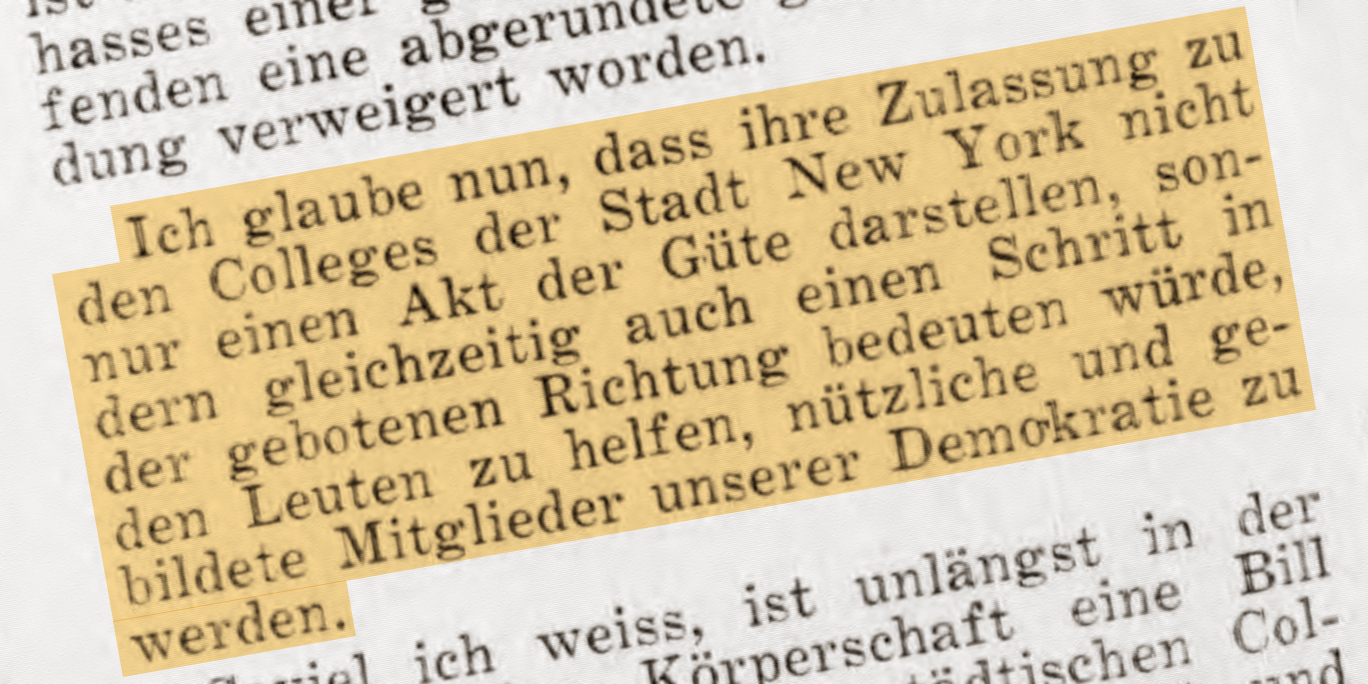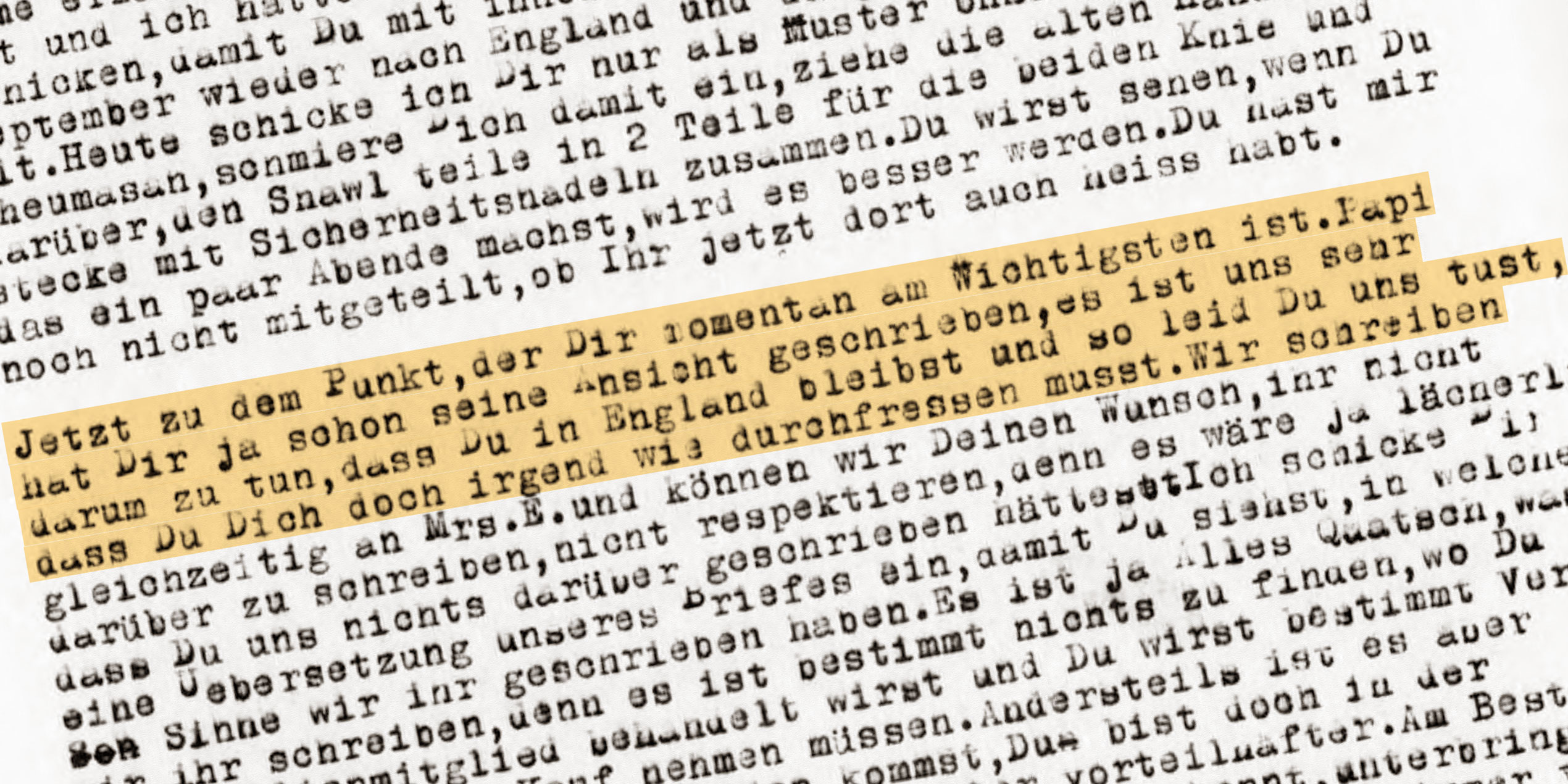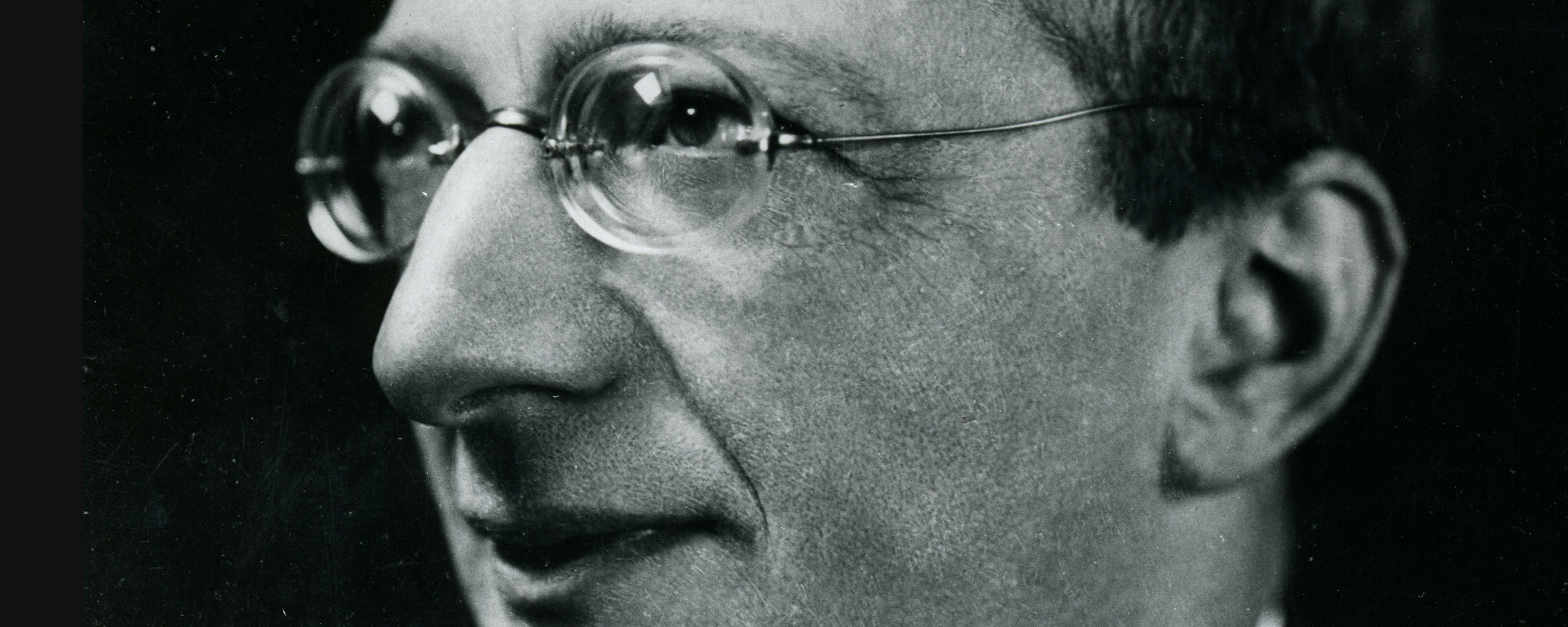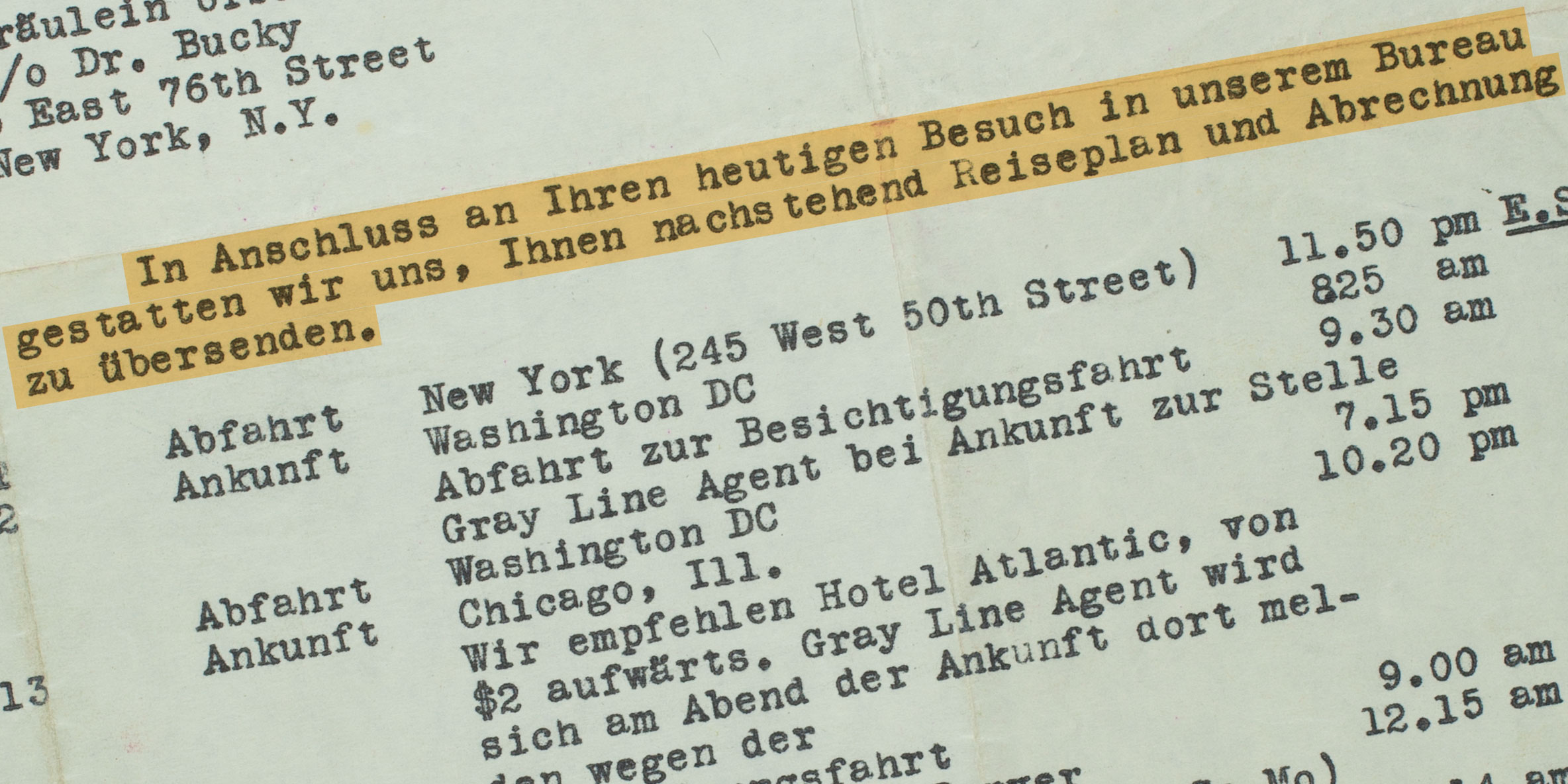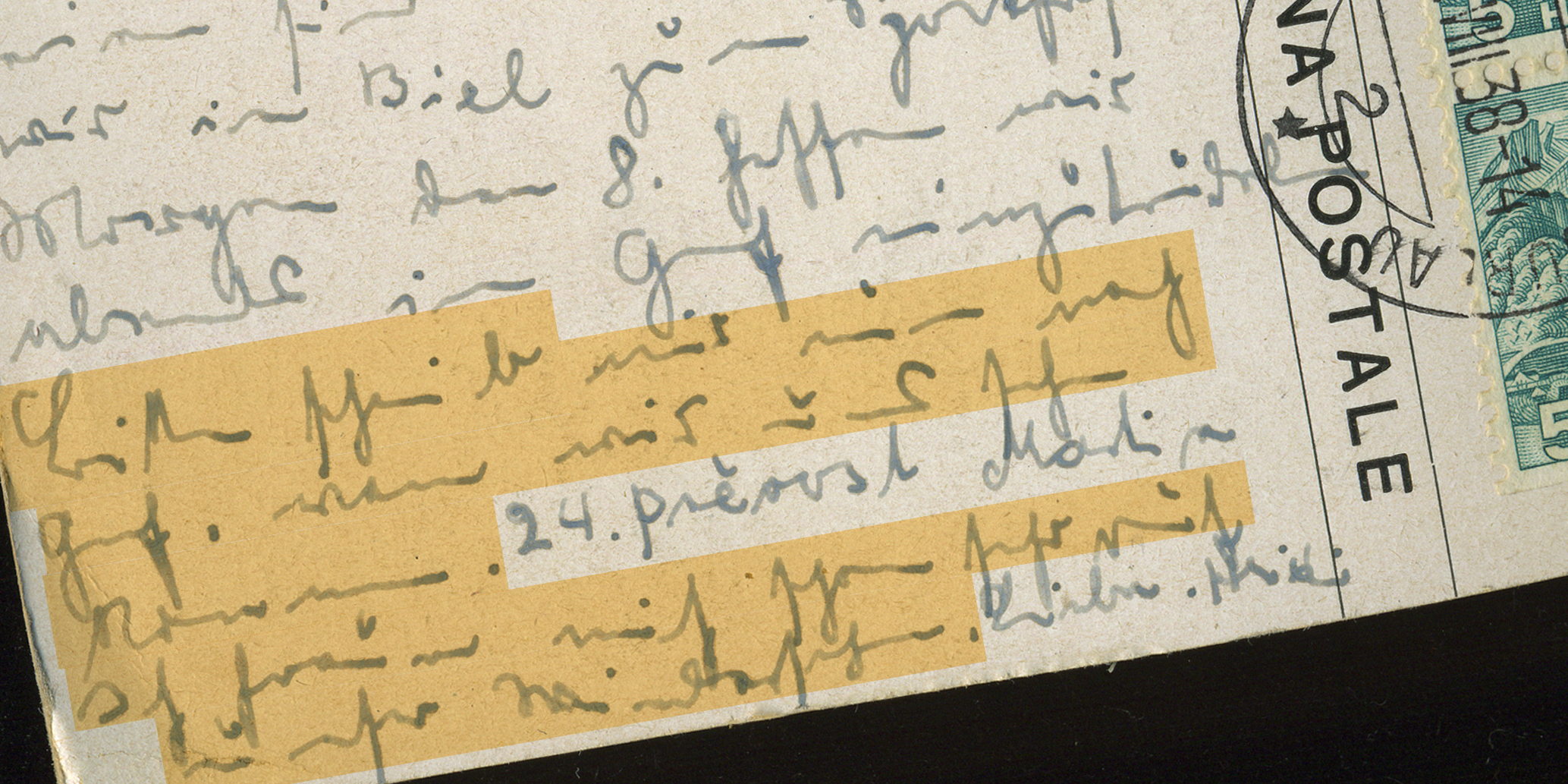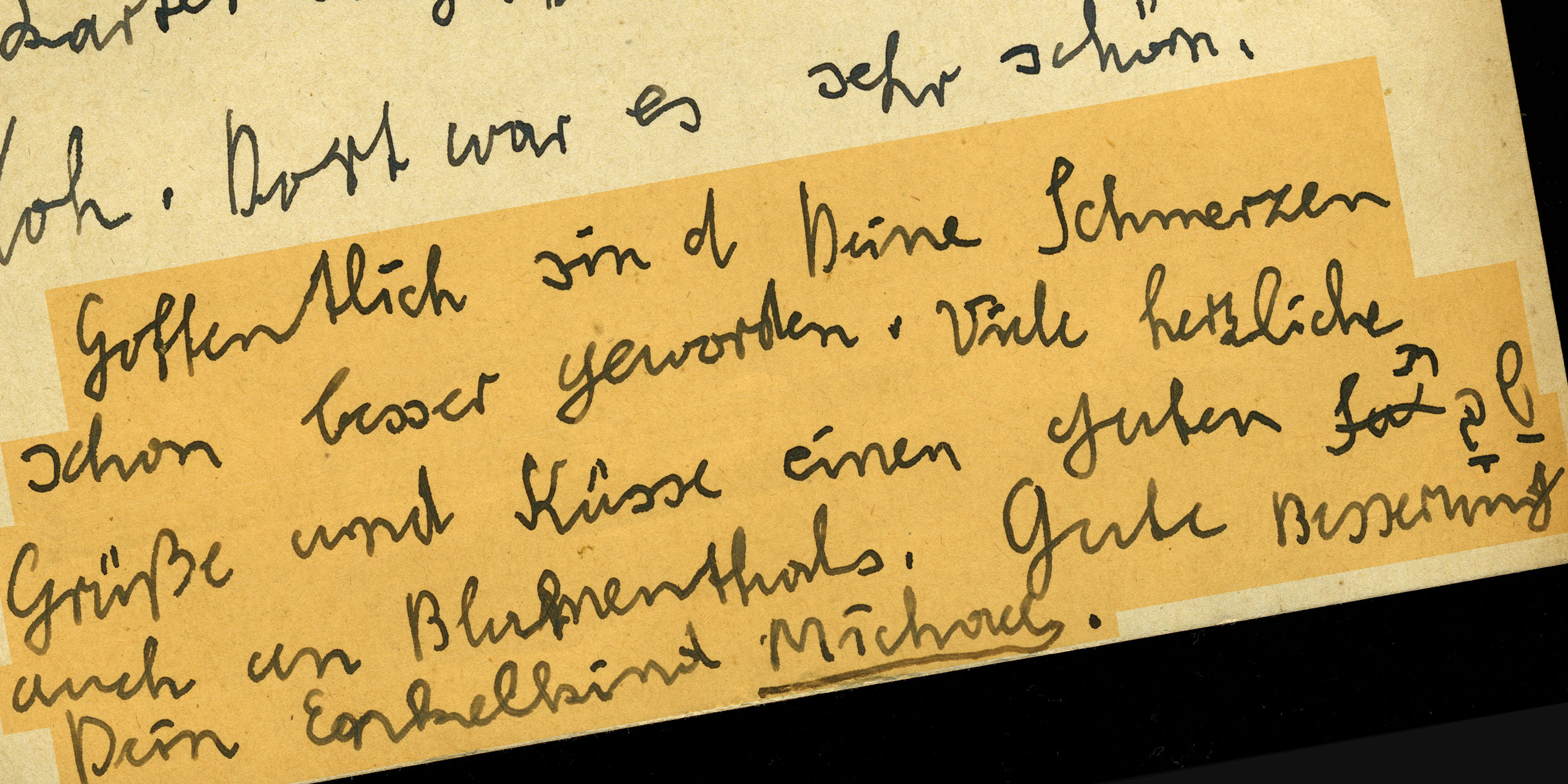Denied at the border
No entry permit for Anneliese Riess
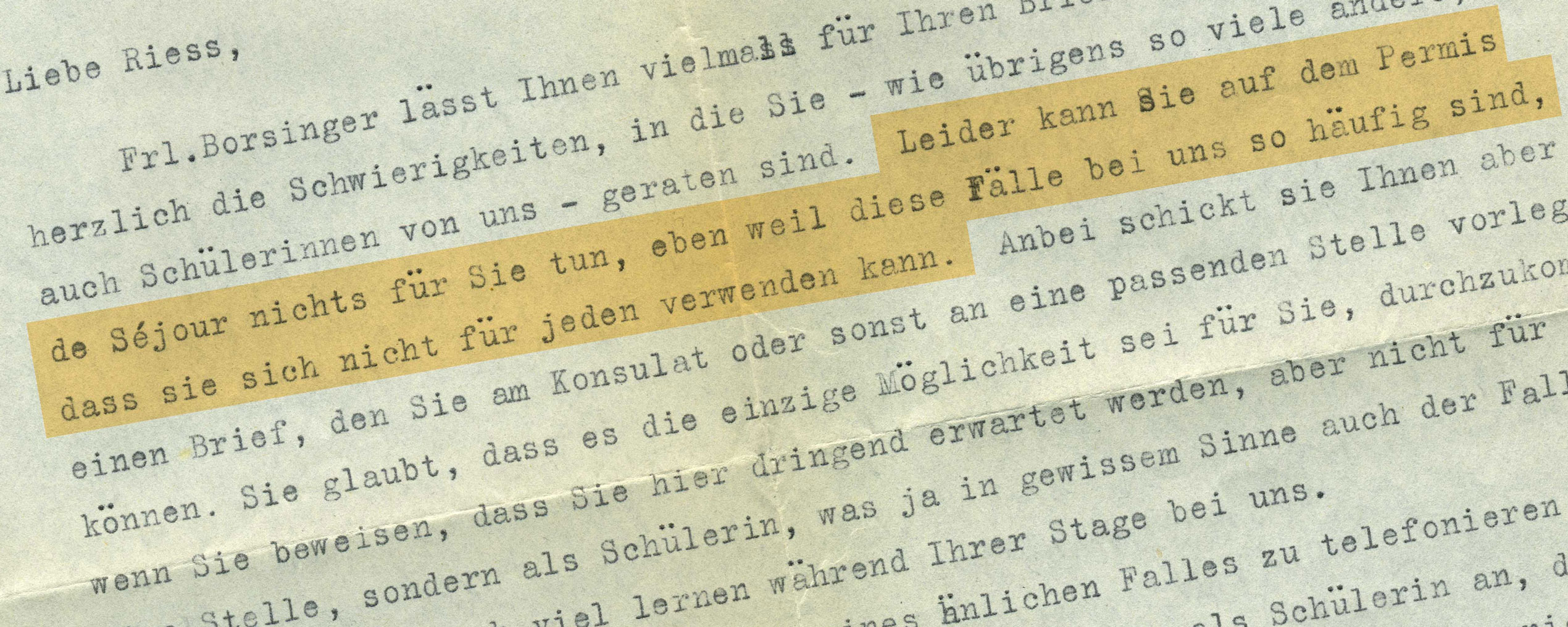
GENEVA/TURIN
In fact, Anneliese Riess was an archeologist. But after getting her PhD in Rome in November 1936, she had no chance as a foreigner to find employment in her dream profession. Therefore, she took a course in pediatric nursing in Geneva in 1937 and then returned to Rome. When the fascist government in Italy declared that foreign Jews were to leave the country within half a year, the school in Geneva agreed to employ Anneliese as an intern until the arrival of her US visa. However, due to Switzerland’s xenophobic and anti-Semitic immigration policy, she was denied entry at the border. In a letter from the school dated October 10th she was informed that such cases were so common among the students that the director of the school, Miss Borsinger, was not able to do anything for her to obtain a residence permit. She had, however, enclosed a letter to the consulate, testifying that Anneliese Riess was urgently expected at the nurse’s training school – albeit as a student. This, the letter states, was her only chance to be allowed entry.
SOURCE
Institution:
Leo Baeck Institute – New York | Berlin 
Collection:
Anneliese Riess Collection, AR 10019 
Original:



